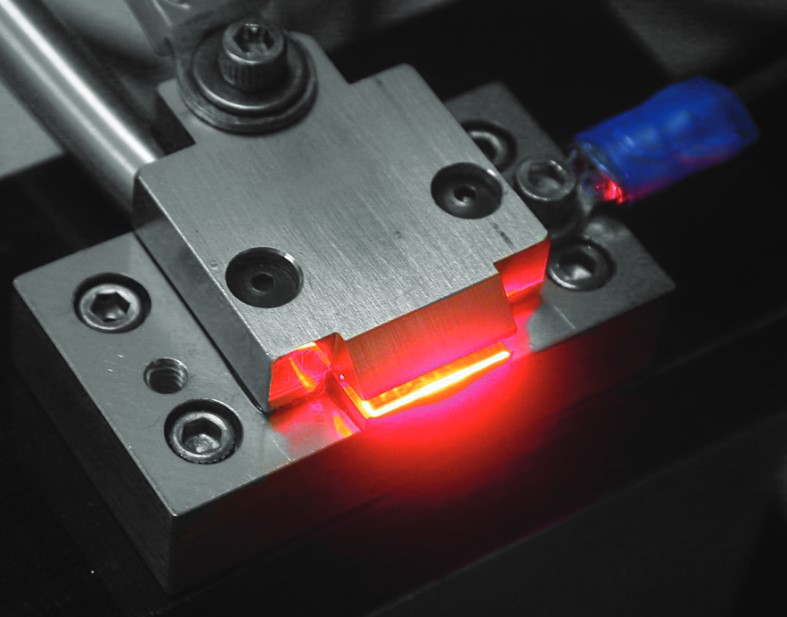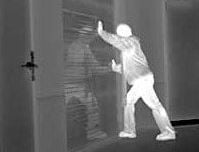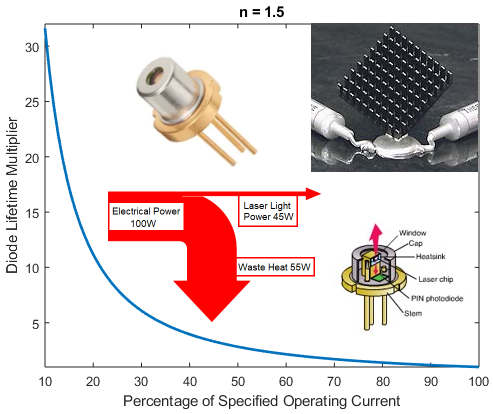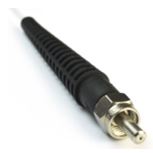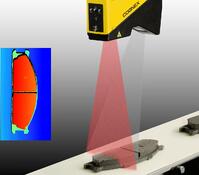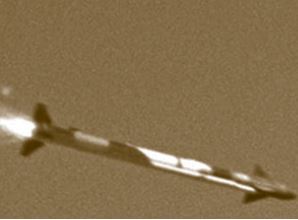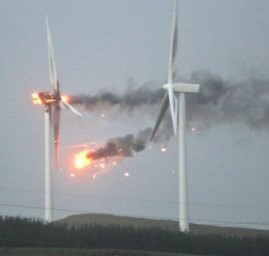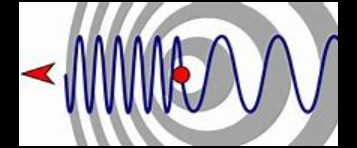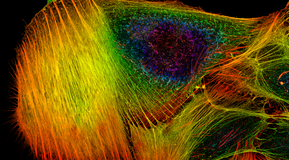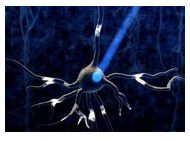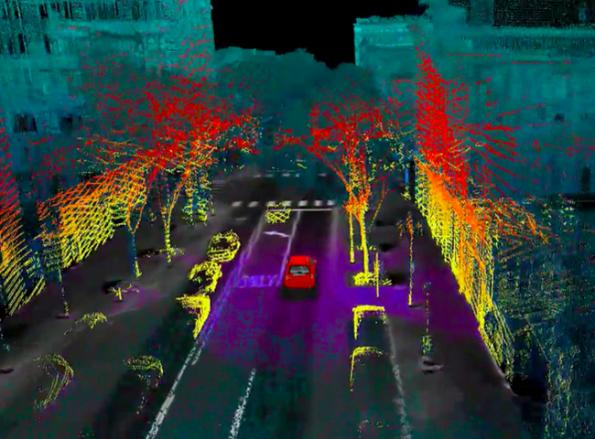Advancements in High-Power Laser Diodes for Medical and Industrial Applications
This white paper explores recent advancements in high-power laser diodes and their applications in various fields, including dentistry, photodynamic therapy, custom laser solutions, and space-qualified laser diode development. It discusses the characteristics and benefits of high-power laser diodes, examines their applications in dentistry, photodynamic therapy, and space exploration, and highlights RPMC Lasers’ role in providing tailored laser solutions for different i… Read More

 SHIPS TODAY
SHIPS TODAY 